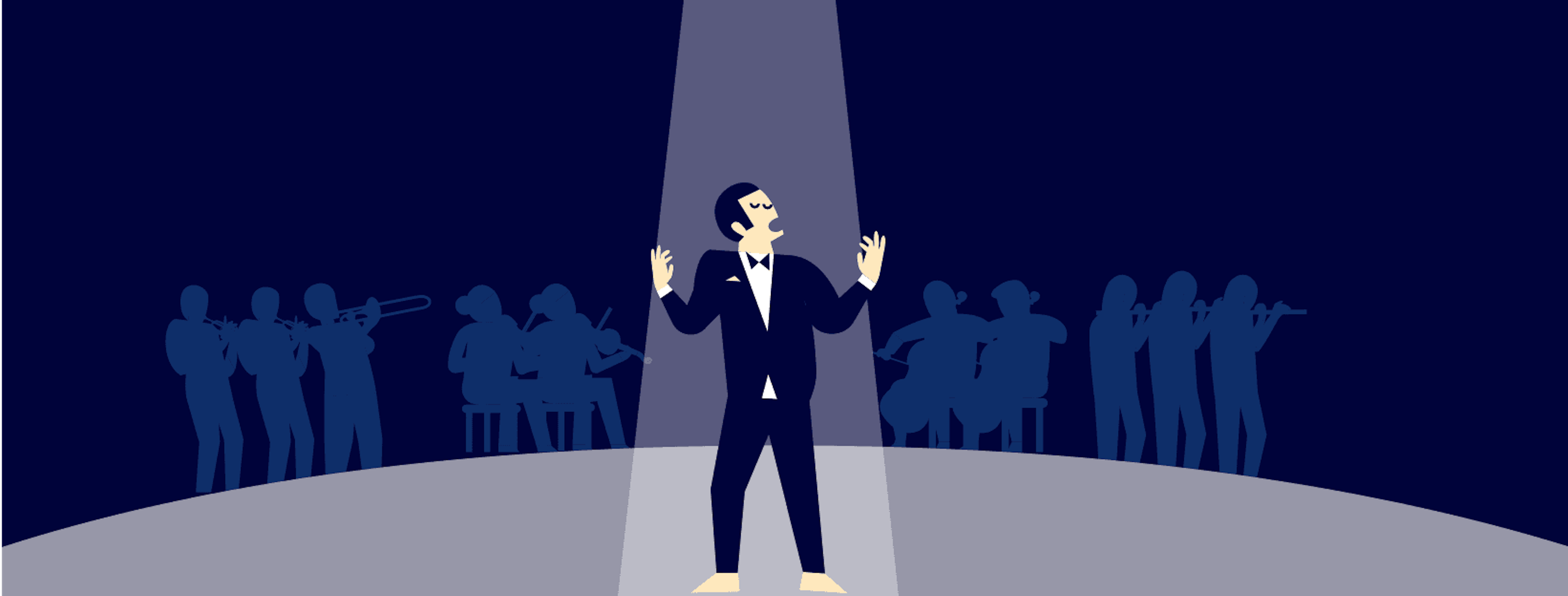10 Most Famous Opera Arias (part 1)
August 13, 2019
Recently, you discovered 10 of Mozart masterpieces. Let's now explore his most famous opera arias, including pieces sung and whistled by people around the world

Recently, you discovered (or rediscovered) 10 of Mozart masterpieces. In a serie of two articles, we will explore a different register with an overview of the most famous opera arias, with some pieces sung and whistled by people around the world that have become part of the popular culture.
Bizet - Toreador Song from Carmen
« Your toast, I can return it to you », well known as the Toreador Song, is an aria from the opera Carmen, an opera comique composed by Georges Bizet. It’s sung by the bullfighter Escamillo when he enters in act 2 and describes different situations in the bullring.
The bass-baritone couplet has a vocal range from B♭2 to F4.
With Habanera, the Toreador Song is one of the best known operatic arias. Unfortunately, Bizet died after the 33rd performance of Carmen, unaware that his opera would achieve international recognition within the following ten years.
Play or sing it with MetronautBizet - Habanera from Carmen
Habanera is the name given to « Love is a rebellious bird », another aria from Georges Bizet’s opera Carmen. It’s the entrance aria of the main character, Carmen, a mezzo-soprano role. The vocal range covers D4 to F♯5, and is based on a descending chromatic scale followed by variants of the same phrase.
The rhythm of the aria was based on a Cuban dance popular in the 19th century also called Habanera. Almost everybody knows the lyrics of this aria : «L'amour est enfant de Bohème, il n'a jamais, jamais connu de loi; si tu ne m'aimes pas, je t'aime: si je t'aime, prends garde à toi! »
This melody has been used in music, cinema and advertising throughout the years and has now entered into popular culture.
Play or sing it with MetronautPuccini - E Lucevan le stelle from Tosca
E Lucevan le stelle (in english « And the stars were shining ») is a romantic Aria from Tosca, a dramatic opera composed by Giacomo Puccini in 1900. It is one of the most famous romantic opera aria, sung in act 3 by Mario Cavaradossi (a tenor role), while writing his last words in a letter to his lover, Tosca, before his execution. The **vocal range extends from F♯3 to A4 and the aria is considered part of the spinto tenor repertoire ** (the spinto tenor has the caracteristics of a lyric tenor but with a voice than can be "pushed" to dramatic climaxes)
Discover the powerful interpretation of Luciano Pavarotti performing in Teatro dell’ Opera in Rome (2000) followed by a nearly unstoppable standing ovation.
Play or sing it with MetronautOffenbach – Barcarolle from the Tales of Hoffmann
Barcarolle (real name « Belle nuit, ô nuit d’amour ») is a piece composed by Jacques Offenbach for The Tales of Hoffman. This duet for soprano and mezzo-soprano is considered the most famous barcarolle ever written.
This piece is in the 6/8 time signature characteristic of barcarolles, allegretto moderato. Originally, a barcarolle is a traditional venetian song that evokes the slow rhythm of gondoliers’ stroke. The barcarolle was a popular form in opera, as Rossini, Donizetti or Mendelssohn wrote arias that were barcarolles.
This piece was used in many movies, such as the great Life is Beautiful (1997), Disney’s Silly Symphony or Midnight in Paris (2011).
Play or sing it with MetronautVerdi – La Donna é Mobile from Rigoletto
La Donna é Mobile (or « Woman is fickle » in english) is a canzone (an Italian or Provençal song or ballad) from Giuseppe Verdi’s opera Rigoletto (1851). This aria is considered as a showcase for tenors. The vocal range of the piece extends from F♯3 to A♯4.
Verdi knew that he had written a popular melody, that’s why this song was rehearsed under tight secrecy before the premiere in Venice. Verdi was right, the day after the performance, everybody was singing the tune in the streets and it became popular to sing among Venetian gondoliers.
Play or sing it with MetronautIn a second article, discover five more masterpieces of opera music. Meanwhile, enjoy practicing your voice or instrument with Metronaut!